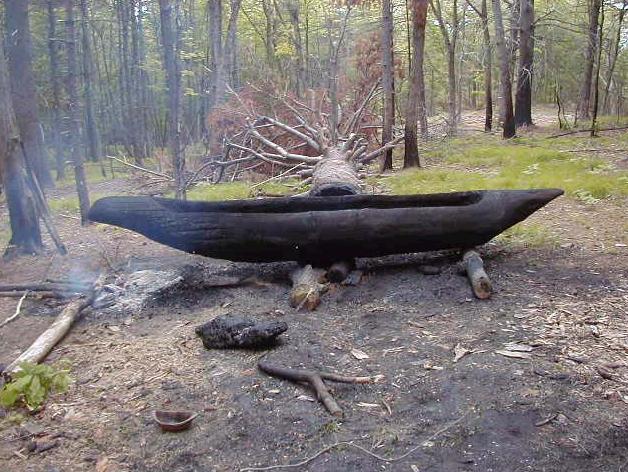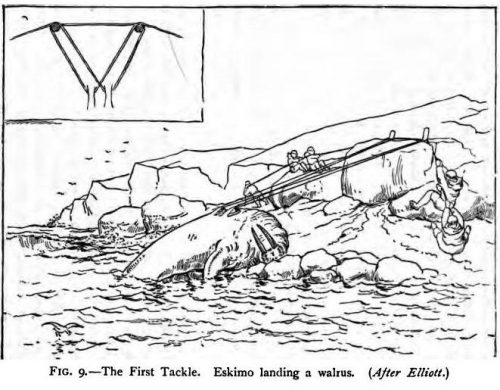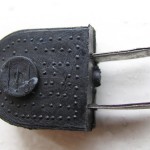“The set is a result of an experimental exploration of the realm of tool
making. Where stone and flint tools have been the means of our
ancestors’ survival for over a million years, they magnify our bodily
(teeth, fingernails, fists etc.) capabilities of cutting and chopping,
sawing and pounding. Through a method of three-dimensionally scanning
and printing, the ancient artifacts are digitally outfitted with
custom-designed handles, encapsulating the rugged forms in a perfectly
enclosed case.”
Modern stone and flint tools. Via Makezine. Previously: Flint knapping.








